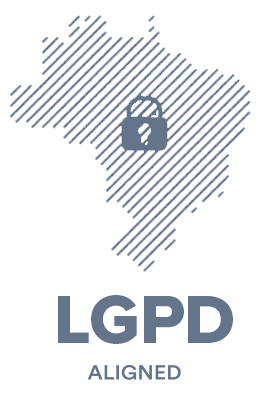How to create the best online customer surveys
Conducting an effective online customer survey involves careful planning and consideration of various factors to ensure that you gather valuable and actionable insights from your customers. Here are some tips to conduct the best customer survey online:
1. Define Clear Objectives:
- Know Your Goals: Clearly define the objectives of your survey. What specific information or insights are you looking to gather? Whether it's improving customer satisfaction, identifying areas for improvement, or understanding product preferences, having clear goals will guide the survey design.
2. Choose the Right Survey Type:
- Select the Appropriate Format: Choose a survey format that aligns with your objectives. Options include multiple-choice questions, open-ended questions, rating scales, and more. Consider using a mix of question types to gather both quantitative and qualitative data.
3. Keep it Short and Focused:
- Prioritize Conciseness: Attention spans online are limited. Keep your survey short and focused. Respect your customers' time and ask only essential questions. A brief survey is more likely to be completed, leading to higher response rates.
4. Use Clear and Unambiguous Language:
- Ensure Clarity: Use simple and clear language in your survey questions. Avoid jargon or complex wording that could confuse respondents. Make sure that questions can be easily understood, even by those not familiar with your industry or products.
5. Personalize When Possible:
- Personalization Adds Value: If you have customer data, use it to personalize the survey experience. Address respondents by their names and tailor questions based on their previous interactions with your business. Personalization can lead to more engaged and thoughtful responses.
6. Provide Incentives:
- Encourage Participation: Offer incentives for completing the survey, such as discounts, freebies, or entry into a giveaway. Incentives can increase response rates and show appreciation for your customers' time.
7. Test Before Launch:
- Conduct Pre-testing: Before launching the survey, conduct thorough testing. Check for any technical issues, ensure that the survey flows logically, and confirm that questions are clear and error-free. Testing helps identify and resolve potential problems before reaching your customers.
8. Consider Timing:
- Choose Optimal Timing: Consider when you send out your survey. Avoid peak business hours and choose a time when your customers are more likely to have the time and inclination to respond.
9. Use a Mobile-Friendly Design:
- Optimize for Mobile Devices: Many customers access surveys on mobile devices. Ensure that your survey is mobile-friendly, with a responsive design that works well on smartphones and tablets.
10. Follow Up:
- Express Gratitude: After the survey period, follow up with a thank-you message to all participants. Let them know that their feedback is valuable and that you appreciate their time and insights.
11. Analyze and Act:
- Analyze Results and Take Action: Once you collect survey responses, analyze the data promptly. Identify trends, patterns, and areas for improvement. Use the insights gained to make informed business decisions and, when applicable, communicate changes or improvements to your customers.
12. Maintain Regular Surveys:
- Establish a Feedback Loop: Make customer surveys a regular part of your business strategy. Consistent feedback helps you stay informed about changing customer preferences and needs.
By implementing these best practices, you can create a customer survey that is engaging, informative, and contributes to a positive customer experience. Keep in mind that the specific details of conducting surveys may vary based on the tools and platforms you use, so be sure to leverage the features provided by your chosen survey tool.


